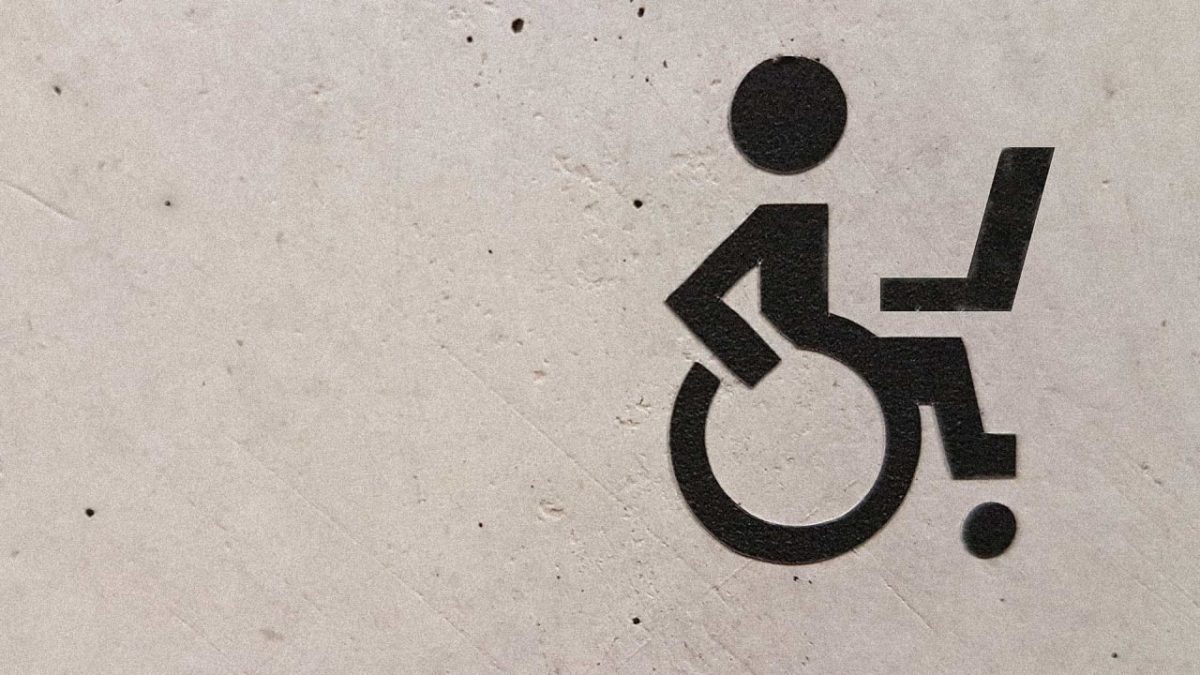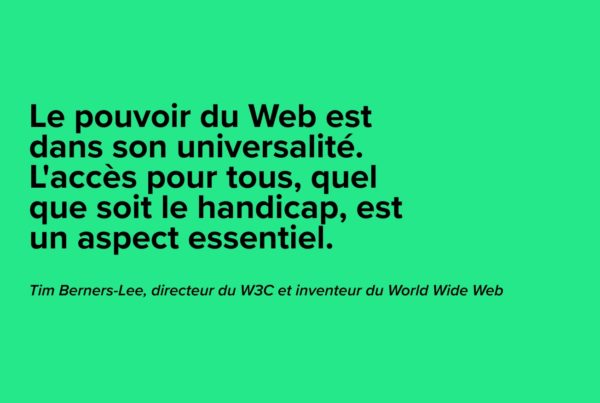
This summer, the United States is marking a momentous milestone: the 30th anniversary of the passage of the Americans with Disabilities Act, or the ADA. The act, of which Tony was the primary author, was without a doubt the single most important piece of legislation for an entire generation of Americans with disabilities. It so dramatically changed daily life in America—mandating physical measures such as handicapped parking spots and accessible restrooms, equal rights for service in restaurants for patrons with disabilities, and equal pay for workers with disabilities—that today, younger Americans with disabilities can hardly imagine the realities we both faced.
But while the ADA released a torrent of powerful change in the physical world, the digital world has yet to catch up. In fact, 30 years after the passage of the ADA, we are more reliant than ever on digital access, and still woefully far from ensuring accessibility on every digital experience.
That doesn’t mean we haven’t made incredible progress. Consider the past five months, during which more than 45 million Americans have filed for unemployment benefits due to the coronavirus pandemic. The path toward applying for benefits has been significantly smoother for Americans with disabilities, many of whom struggle to read and access an online PDF, thanks to an accessible PDF provided by Employee Social Services. This is progress.
And yet, consider this: A 2019 study revealed 98% of the million most popular web pages have accessibility barriers for individuals with disabilities. In the physical world equivalent, imagine 98% of the most popular restaurants lacking wheelchair access, or removing 98% of public Braille signage, or taking away all but 2% of handicapped-accessible parking spots. It’s unthinkable in a post-ADA world, yet it appears the internet is getting less accessible, not more. The problem in the online world is getting worse.
If you don’t think the lack of awareness around digital accessibility is urgent, look no further than Twitter, which earlier this summer rolled out a flashy new feature that allowed iOS users to tweet with their voices. The social media giant sent a series of audio-only tweets to announce the feature, accompanied by a flashing black-and-white image of the tweeting bird itself.
The deaf and hard-of-hearing community immediately pointed out the problem. So did those with photosensitive epilepsy, a condition that can be triggered by precisely the sort of flashing GIF image that Twitter chose to accompany its audio-only announcement.
Within 24 hours, Twitter began to realize the error of its ways and issued an apology, writing—this time in text rather than voice—”We’re sorry about testing voice Tweets without support for people who are visually impaired, deaf, or hard of hearing. It was a miss to introduce this experiment without this support. Accessibility should not be an afterthought.”
We commend Twitter for recognizing the error of its ways, and for issuing a heartfelt apology. And the company is absolutely right: Accessibility should not be an afterthought. An accessibility-first approach is built into our plans and processes when we construct a building; launching a digital experience must be the same. No modern business would intentionally launch a new product with security issues or a new website with broken links or missing content. Yet this is exactly what individuals with disabilities experience on the vast majority of “broken” web pages.
So we ask, “Why is accessibility being treated differently in this regard?” One in four Americans lives with a disability, and while the ADA was signed into law before the proliferation of the internet, we believe it should be applied with the same force to the digital sphere as it is to the physical. U.S. courts agree. They are overwhelmingly ruling that the ADA most certainly applies to the internet. But making your website accessible isn’t just about compliance, nor is it just about broadening your consumer base to now include a quarter of your addressable audience—people with disabilities. We believe a digital world free of barriers and blockers for users of all abilities is a matter of social justice.
As members of the disability community, if a website or popular platform for communication, such as Twitter, is not accessible for our use, we are denied the same opportunity to engage with, and contribute to, very important online conversations. We are unable to pay our bills online, participate in digital education, even receive emergency alerts (social media sites such as Twitter provide the platform to quickly communicate emergencies, natural disasters, and local events). Not having access to this critical information can be life-changing and, at worst, life-threatening. This digital connectivity is absolutely critical in our social-distancing world today.
It’s been a summer of protests and pandemics, of deep internal reckonings in our communities. So in many ways, this auspicious anniversary of the ADA comes at a particular apropos time, because we believe digital accessibility is also a matter of social justice. Equal access to online information is a human right. We fought so hard 30 years ago for equal access to places such as banks, schools, and retail stores, and we need to continue fighting for equal access to online banking, digital learning, and e-commerce shopping. We must continue to educate website owners about the importance of online inclusivity, encourage website creators to design with an accessibility-first approach, and never stop advocating for a more inclusive internet. Individuals with disabilities deserve it.
Tony Coelho is a former congressman and the author of the American with Disabilities Act. Heath Thompson is the CEO of AudioEye.





